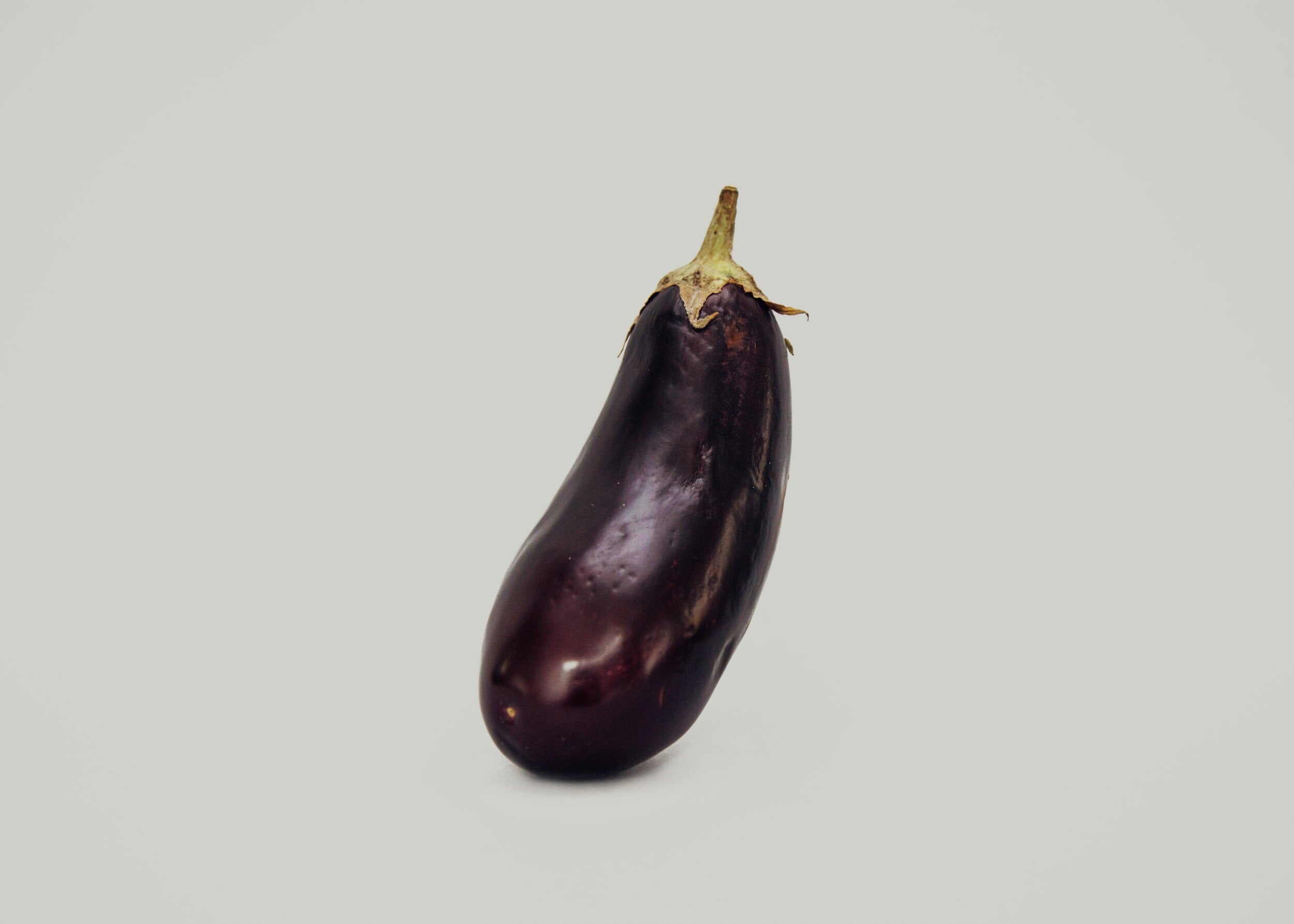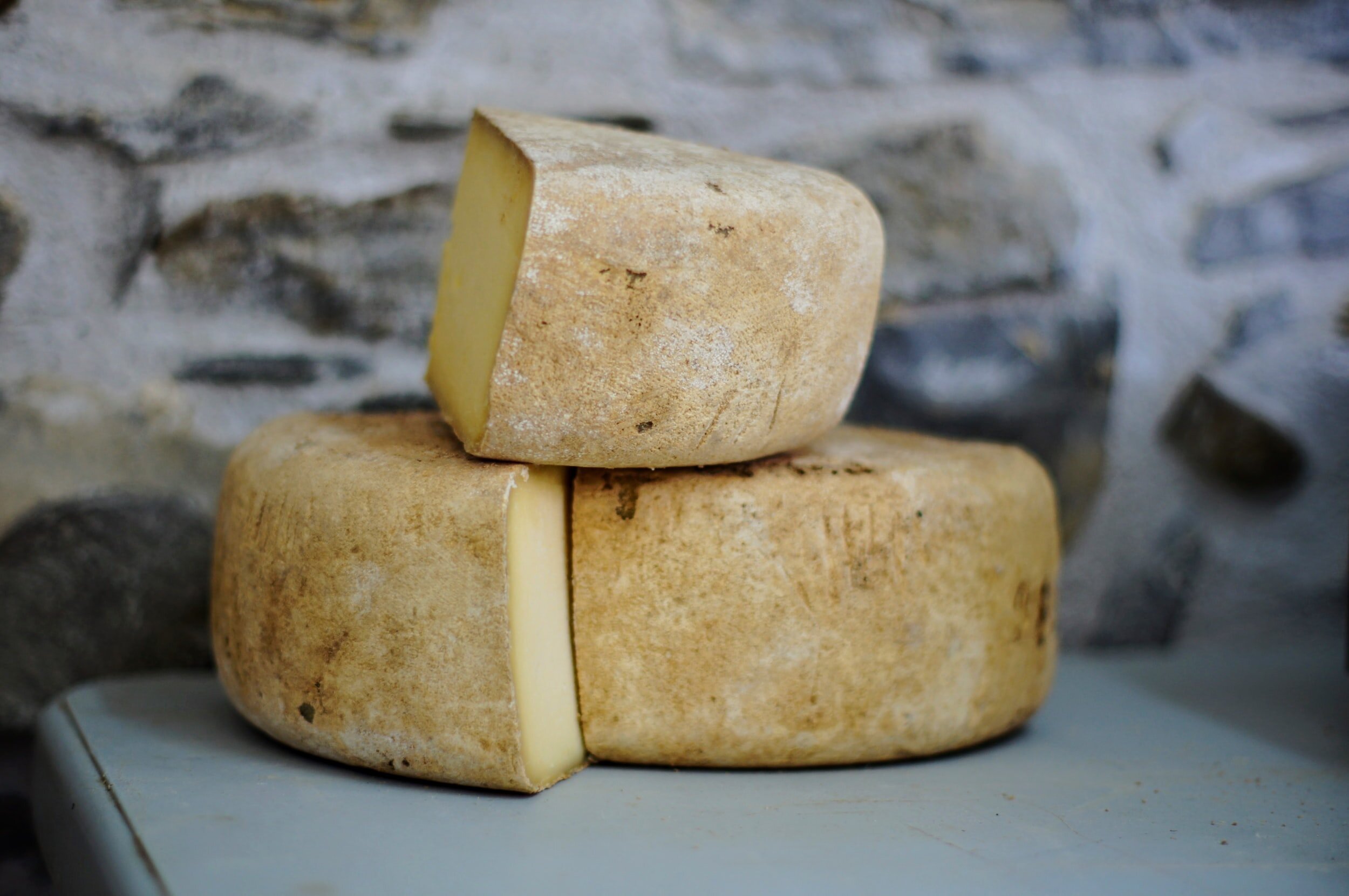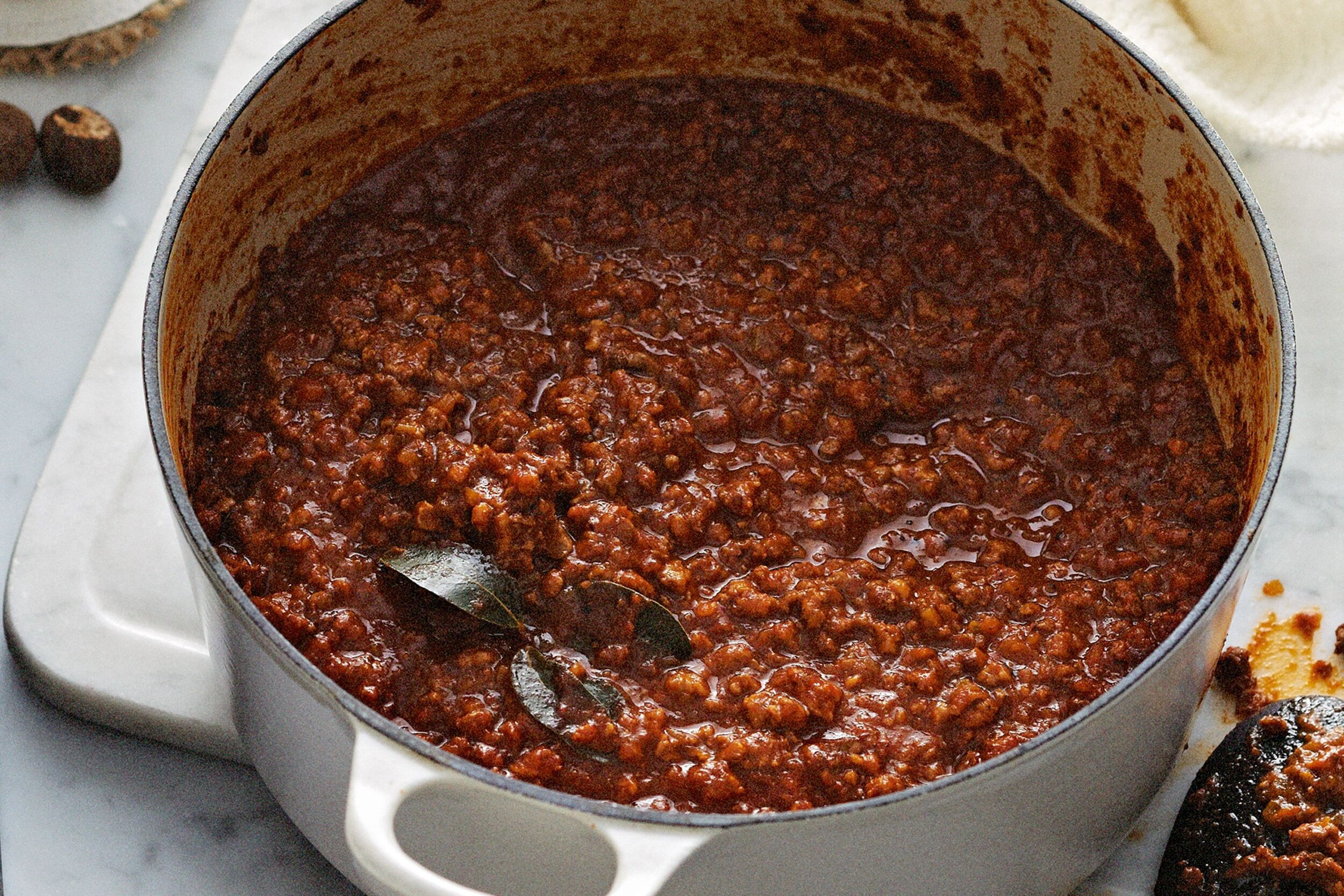How to De-Americanize your Italian Food
Take the telephone game. A circle of people whisper a message to one to another and by the time the message gets to the last person it is a completely different thing.
The situation of Italian food in North America is pretty much like that game. The Italian recipes circulating in this part of the world have ended up having nothing or very little to do with the original ones cooked up in Italy. 70 years or more of out of touch pseudo-Italian culinary traditions have resulted in a corrupted, adulterated version of Americanized Italian food.
It is time to right what’s wrong and finally de-Americanize your Italian food.
Stop asking your neighbor and listen to the Italians
The best way to de-Americanize your Italian food is to stop looking for advice in social media full of expats. You should also learn some Italian as it will help on so many levels it’s not even funny. You’ll then be able to consult content that has been created in Italy and steer well away from anything else.
Meatball Spaghetti
Get those meatballs off of your spaghetti, please! You’ll do a great favor to your Italian heritage. One of the main concepts of Italian cuisine is to make dishes that have a distinctive set of flavors. Italians love to taste the flavors millennia long traditions have handed down generation to generation. A carbonara must taste like a carbonara, a tomato sauce pasta must taste like a tomato sauce pasta. Mingling things that don’t belong together really is an un-Italian thing to do.
Tomato Sauce no Sugar, no baking soda
For some reason North America is beleaguered by this myth - a sour tomato sauce needs sugar or baking soda to taste good. Most likely our Italian ancestors had to resort to such a practice back in the day when they migrated from Italy to North and South America. In those days the quality of American canned tomatoes probably grossly failed to meet our Italian ancestors’ standards and a splash of sugar seemed to do the trick. In modern times this is totally unnecessary. If your tomato sauce tastes sour it’s because you bought the wrong brand of canned or bottled tomato. Just chuck out that brand and get some tomatoes that were (undoubtedly) produced in Italy.
EGGPLANT parmigiana
Eggplant parmigiana is an earthy dish with a noble past. There are multiple versions of parmigiana as for any other Italian recipe, but this dish calls for respect. You cannot mess with the original recipe if you are hoping to give your mouth a treat Italians have experienced since the dawn of time.
Carbonara Hates Cream
Once again the greatness of a carbonara comes from the uniqueness of a perfectly dosed blend of pecorino cheese, eggs and black pepper. It is the right balance of these three ingredients that will determine whether or not you made a good carbonara. certainly not the fact that you tossed in some cream in the mix.
Say to a born and bread Italian you put cream in your carbonara and you’ll see a face twisted in a grimace of disgust. This is because that person from Italy knows that any cream will simply spoil the original taste of an authentic carbonara.
Alfredo and Vodka Sauce - nobody Does It
Yes, Alfredo was a chef from Italy and yes, tomato vodka sauce was a thing in Italy. But the truth is that Alfredo made his namesake sauce for Americans not for Italians, and the vodka sauce used to be a thing in the ‘90s. Definitely not a thing now.
Marinara Sauce
This tomato sauce is 100 percent Italian, but it’s called sugo di pomodoro in Italy. The adjective marinara (“made in the style of the sailor”) comes from a possibly apocryphal story about how sailors' wives would start the (quick) sauce when they saw their husbands’ boats coming home.
There is A lot more to Baked Ziti than You think
Just because you douse your pasta with mozzarella and whack it in the oven, it does not mean you are making pasta al forno.
Italian pasta al forno is a delicious elaborate dish that calls for respect. There are many variations of pasta al forno in Italy; so the best thing here is to consult a good Italian website or a good Italian cook.
Gravy is so not Ragù
Gravy is not even an Italian word. As most vocabularies state, gravy is a sauce made with meat juices and flour and served with meat and vegetables.
Ragù, on the other hand, is actually a meat-based sauce with some tomato sauce added to it. Whereas a gravy goes on top of meat, vegetables or mashed potatoes, a ragù is meant to complement different types of pasta - tagliatelle and rigatoni being the most popular.
Besides, each region (really each family) has its own variation of ragù in Italy. In Calabria, ragù is mainly a pork-based tomato sauce. In Naples, this sauce includes pork and beef cuts. The Bolognese version consists of ground beef on a carrot, celery and onion foundation.
Italian Dressing
This one’s a giant nope. There’s not even an Italian recipe that remotely resembles Italian dressing. Italian salads get oil and vinegar, applied individually at the table. This dressing is from Missouri, and it was named most likely for the oregano and garlic usually found in it.
Neapolitan Ice Cream
Layered ice cream? Totally Italian (and often called spumoni). Chocolate, vanilla and strawberry together? That combination was popularized in America and named after the Italian-immigrant-run ice cream shops where you could find it.





















